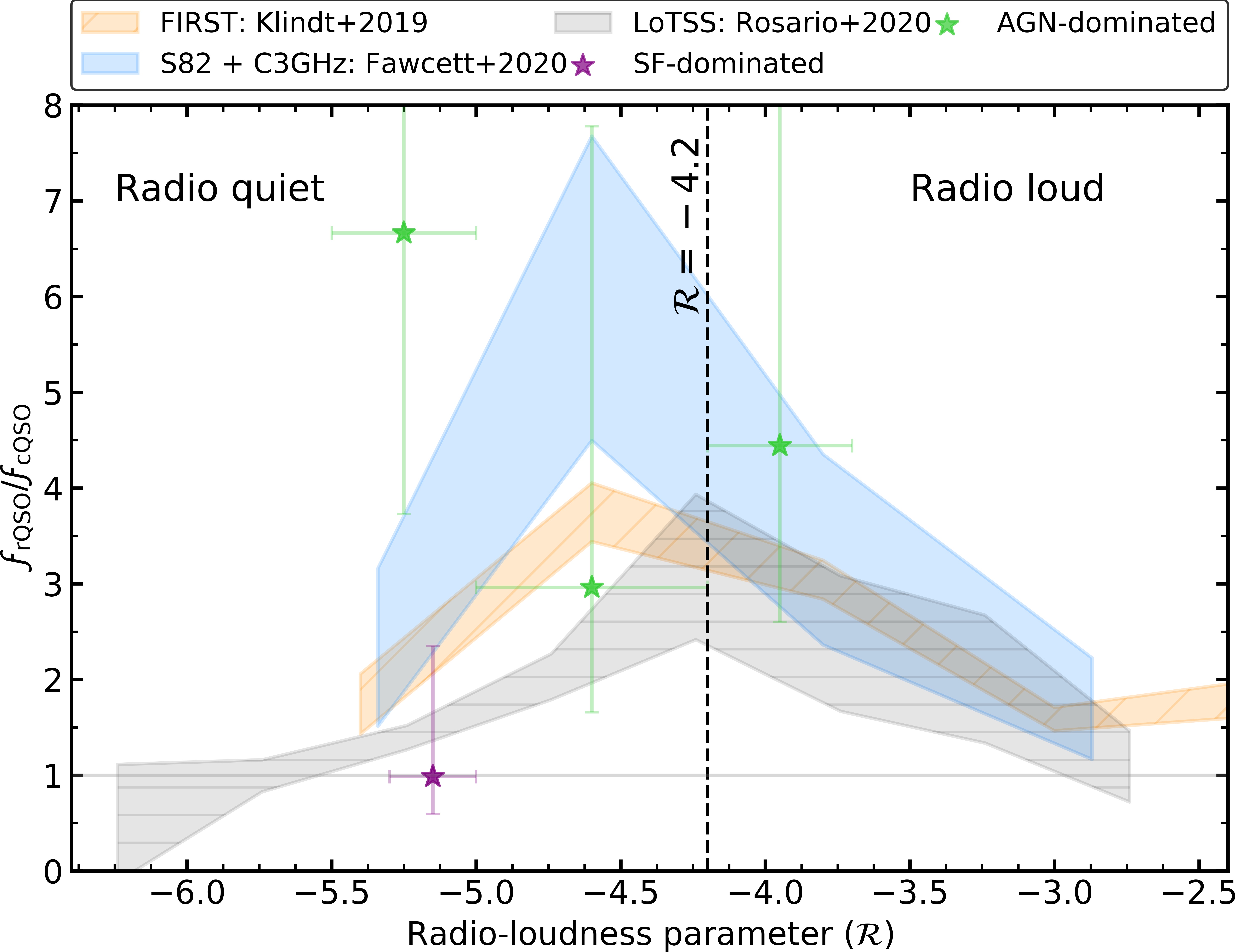A non-negligible fraction of quasars are red at optical wavelengths, indicating (in the vast majority of cases) that the accretion disc is obscured by a column of dust which extinguishes the shorter-wavelength blue emission. In this paper we summarise recent work by our group, where we find fundamental differences in the radio properties of SDSS optically selected red quasars. We also present new analyses, using a consistent colour-selected quasar parent sample matched to four radio surveys (FIRST, VLA Stripe 82, VLA COSMOS 3 GHz and LoTSS DR1) across a frequency range 150 MHz-3 GHz and four orders of magnitude in radio flux. We show this enhancement is driven by systems with small-scale radio emission (∼kpc) and peaks around the radio-quiet threshold (defined as the ratio of 1.4 GHz luminosity to 6μm luminosity) across the four radio samples. Exploring the potential mechanisms behind this enhancement, we rule out star-formation and propose either small-scale jets or dusty winds interacting with the interstellar medium; this will be tested in detail using new multi-band uGMRT data. Overall our results cannot be explained with a simple viewing angle hypothesis, and so may point towards red quasars representing a key phase in the evolution of galaxies.

